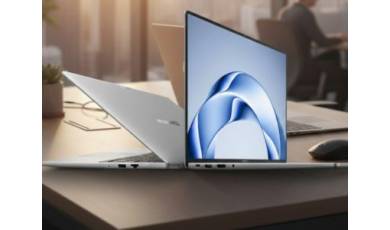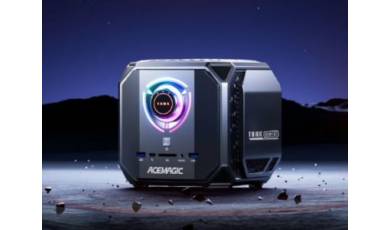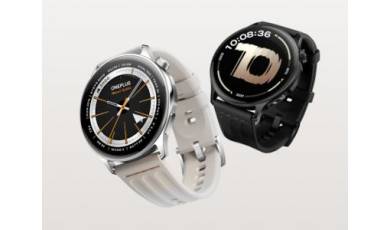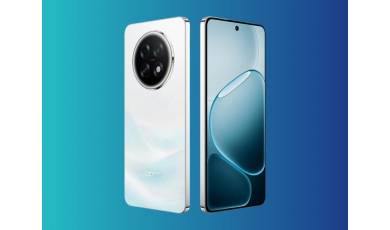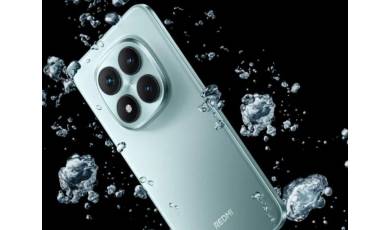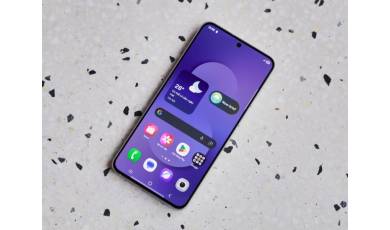Nokia 1600 specs.
Mobiles >> Nokia >> Nokia 1600| Specifications | Reviews | Secret codes |
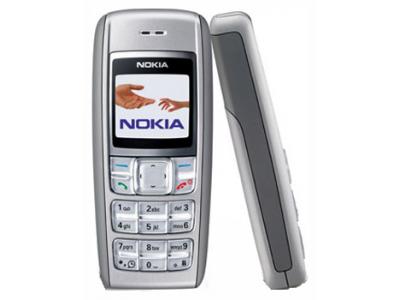
Design Nokia 1600
Form factor:
Candybar
Dimensions:
4.09 x 1.77 x 0.67 inches (104 x 45 x 17 mm)
Weight:
3.00 oz (85 g)
the average is 4.8 oz (137 g)
the average is 4.8 oz (137 g)
Design features:
Numeric keypad, Exchangable faceplates
Display Nokia 1600
Screen Resolution: Screen resolution refers to the size of the image received on the screen in pixels
Screen resolution refers to the size of the image received on the screen in pixels
96 x 68 pixels
Colors:
65 536
Battery Nokia 1600
Talk time:
5.50 hours
the average is 11 h (671 min)
the average is 11 h (671 min)
Stand-by time:
18.8 days (450 hours)
the average is 20 days (478 h)
the average is 20 days (478 h)
Capacity:
900 mAh
Type:
Li - Ion
Technology Nokia 1600
GSM:
850, 1900 MHz
Other version supports GSM 900/1800 MHz
Phone features Nokia 1600
Organizer:
Alarm
Messaging:
SMS
Games:
Yes
Other features Nokia 1600
Notifications:
Polyphonic ringtones (20 voices), Speakerphone
Regulatory Approval Nokia 1600
FCC approval :
Date approved:
21 Sep 2005
FCC ID value:
QTLRH-65
FCC measured SAR :
Head:
0.72 W/kg
Measured in:
1900 MHz
Body:
0.60 W/kg
Measured in:
1900 MHz
Availability Nokia 1600
Officially announced:
03 Jun 2005
Comments, Questions and Answers about Nokia 1600
Ask a question about Nokia 1600

